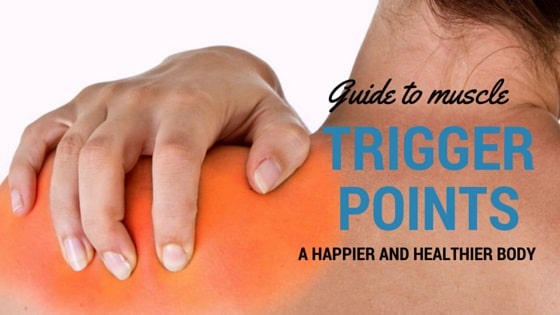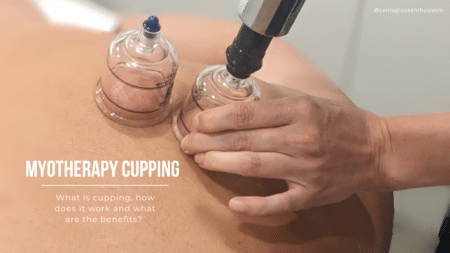What are those muscle knots?

What are those ‘knots’ you’re feeling?
As a Myotherapist, many clients come in with muscular pain, which can often be pinpointed to a specific knot in the muscle. These ‘knots’, or trigger points can be the cause of much pain and affect everyday life and movement. They can refer pain to other areas in the body and become a cause of tension headaches and even migraines.
So what are these trigger points?
They are usually pea size, yet can feel bigger. They are a part of the muscle that is very tightly contracted. Trigger points are hyper irritable spots within the muscle tissue and fascia. Chemically, a trigger point has a build-up of calcium and is lacking in oxygen and magnesium.
Latent trigger points are those which do not cause pain unless touched or pushed. Experiences often arise during a Myotherapy session where people feel pain where they are being treated which they normally wouldn’t. There are benefits to treating latent trigger points even if the area is not causing any obvious discomfort, such as improving body mechanics and allowing muscles to move in a healthier way.
Active trigger points are those which cause pain even without being touched. They can be constant, aching and sharp.
During a Myotherapy session, these active trigger points can be very tender and often haves strong referral patterns. How can Myotherapy help? There are numerous techniques Myotherapists use to reduce trigger point pain.
Myofascial release: A technique used to get blood flowing to the area which promotes the distribution of oxygen and allows the muscles to relax in order to work into the trigger point with more ease.
Digital Ischemic Pressure: Pinpointing the trigger point and applying deep pressure within the clients pain tolerance. Usually, when applying pressure for a prolonged amount of time, the pain tends to slowly decrease and the trigger point begins to break up.
Dry Needling: The use of needles to insert into the active trigger point to send a signal to the brain in the form of a twitch response or deep ache to release the trigger point. The needle is inserted into latent trigger points to increase muscle function and bring awareness to underactive muscles in order to get them functioning correctly.
Cupping: Cupping works by suctioning the muscle and surrounding fascia to loosen tight bands of tissue. This also promotes blood flow, oxygen and magnesium and well as ‘glyco amino glycans’ which work as a lubricant keeping the muscle tissue moist and juicy. Muscular pain can be frustrating and affect day to day life.
If you’re feeling like you need some relief why not book in to see one of our myotherapists to learn more about your body and reduce your muscular pain. Or come in and have a chat about treatment options that would work best for you
Written by: Claire Adamson, Myotherapist





